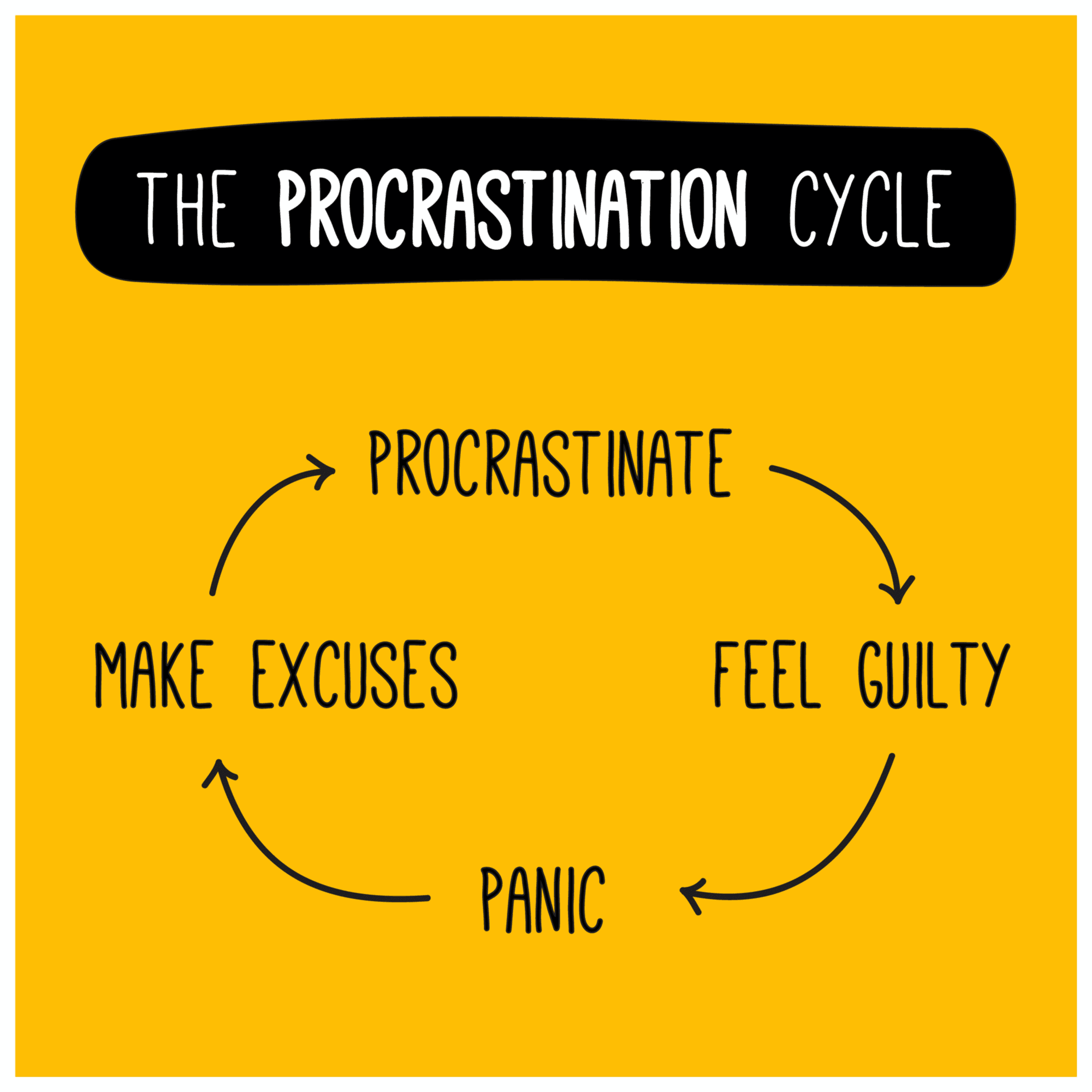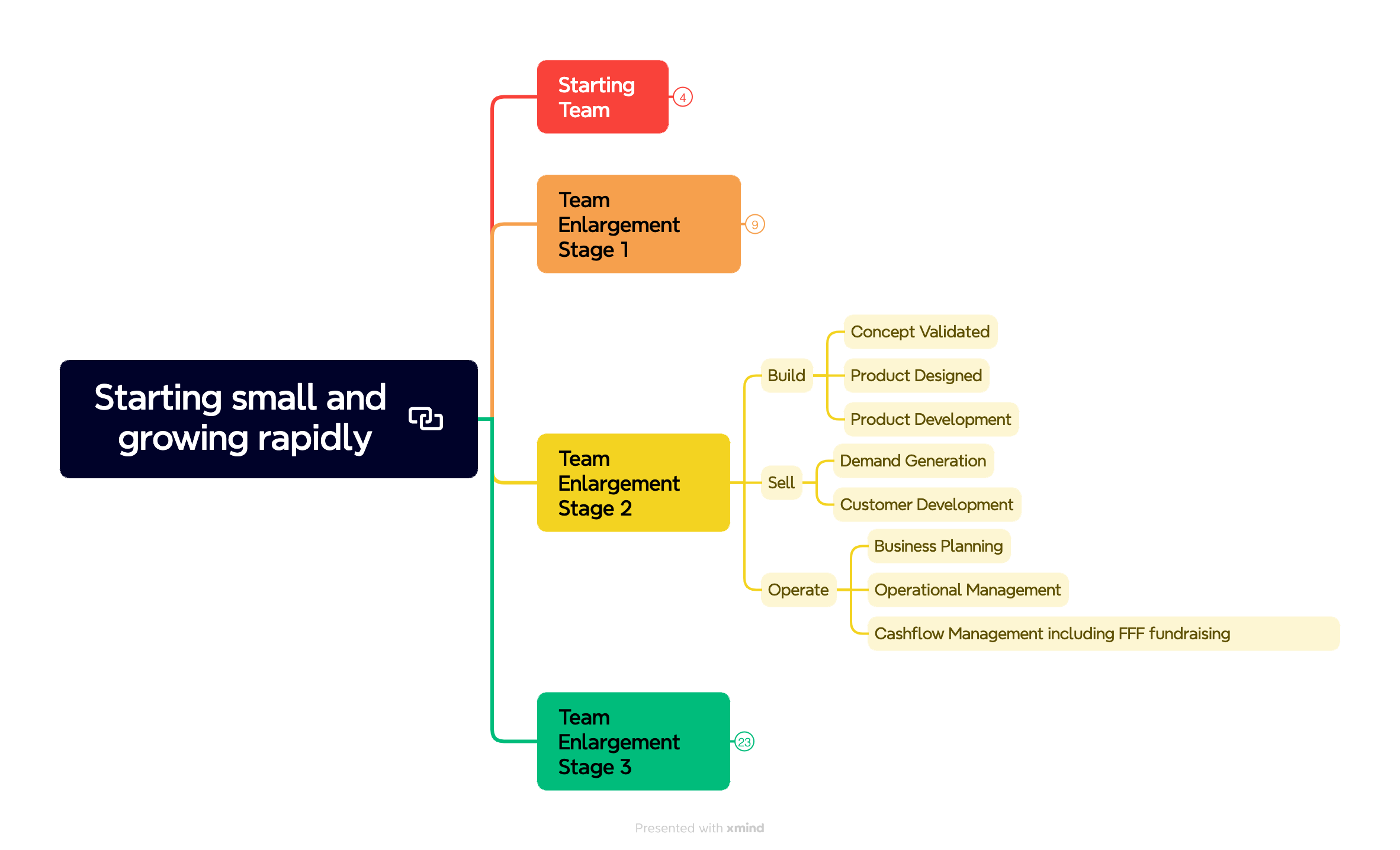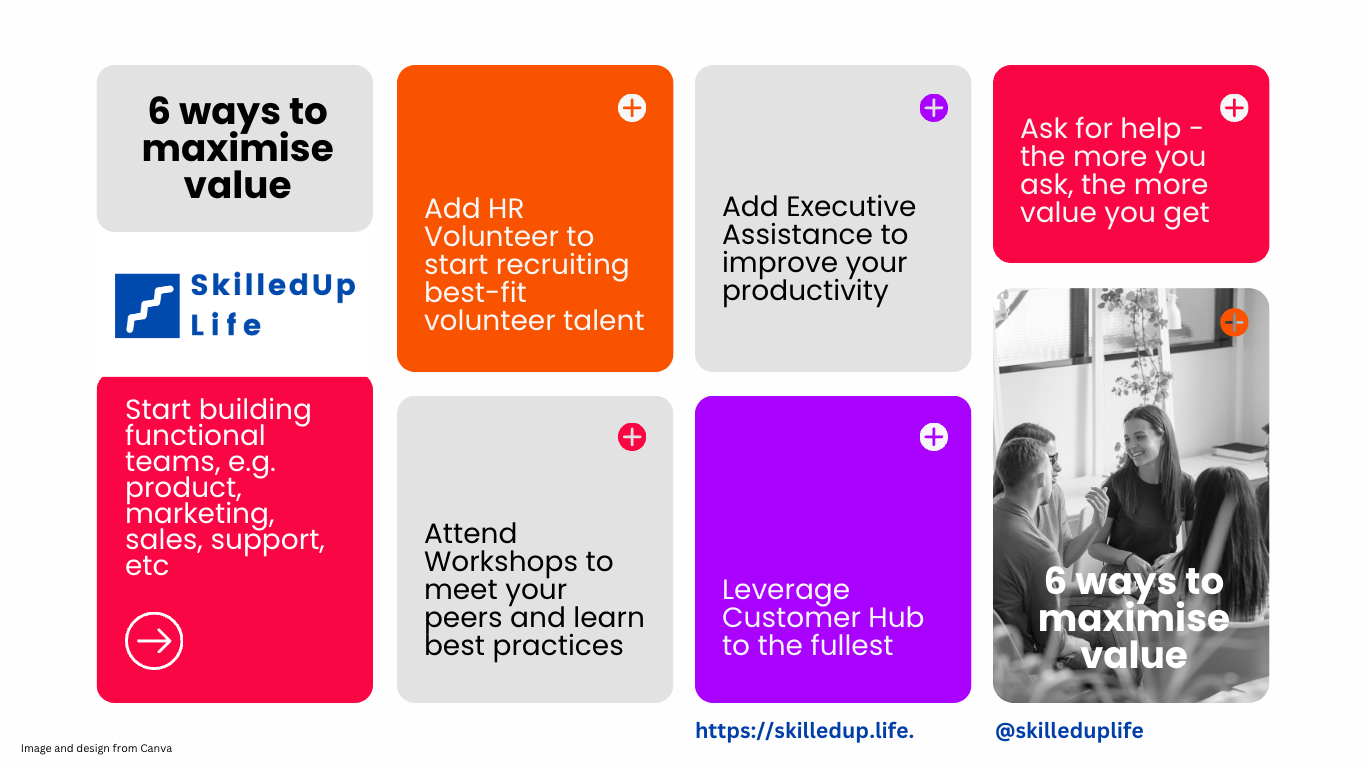Over the last 6 months or so, at family gatherings, I kept meeting a guy who has been dreaming of setting up a tech startup but has not taken the brave step of moving forward with it. He has a family and a well-paid technical job. Whilst the job may be demanding, he has the luxury of starting a side hustle, without jeopardising his income stream. He is technically competent but lacks business acumen (based on my observation). I gave him a task to build something before the end of the festive season, i.e. by 4th Jan 2022. I hope he would take the challenge.
There must be tens of thousands of people dreaming of setting up their first tech startup right now. Some of them have no clue of how to go about it. Let’s try to break the problem down into key tasks. But before we do, I must insist that I do not promote tech entrepreneurship. Building a scalable tech company is really hard. It can destroy families, can cause significant damage to your mental health and even suicide.
Assumption: You are a competent software engineer and know how to write software applications that will solve problems. You are a one-person team and have no commercial experience. This is the first time you are creating a business, let alone a tech company.
In this scenario, we are going to create a Tech Company by first creating the most basic application (product).
1. Step 1 – Build the minimum Product
I have not chosen the words Minimum Viable Product (MVP) here, as we are looking at building the most basic solution that will bring a benefit to a user. If this solution solves a problem you have, even better. Let’s take an example of a product I tried yesterday.
Here’s a software application, which converts a text file (the Input) into a voice file (the Output). Below you can see the webform where you need to provide two basic inputs, the title and the content (text).
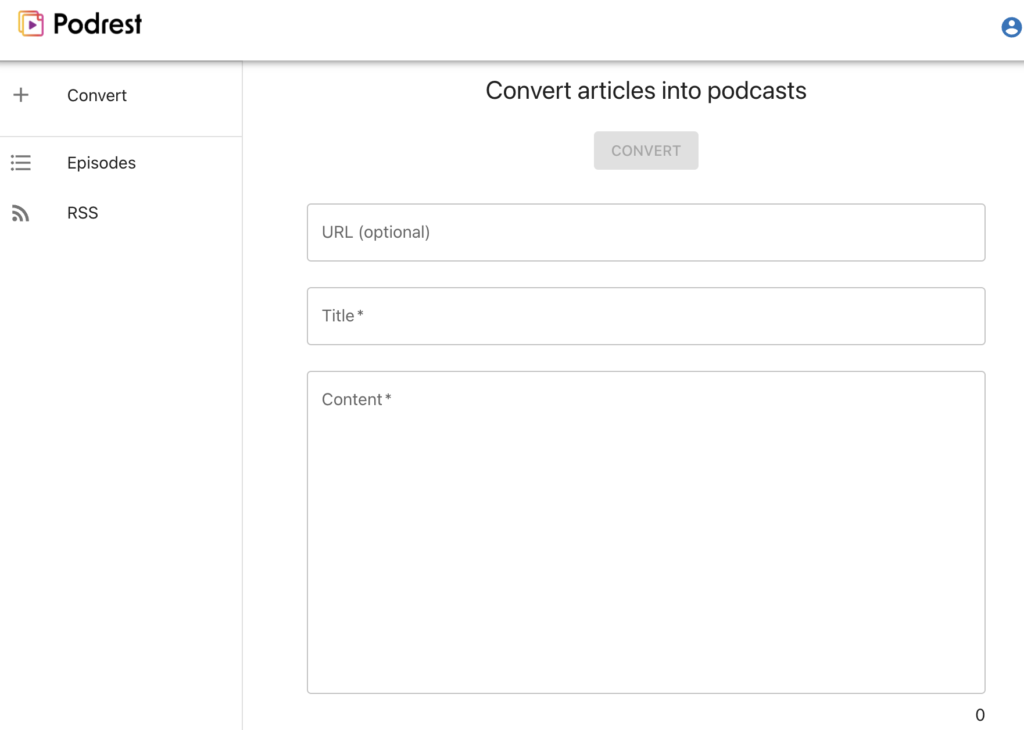
Once you press the convert button, it would convert the text file to audio, and allow you to play as well as download it.
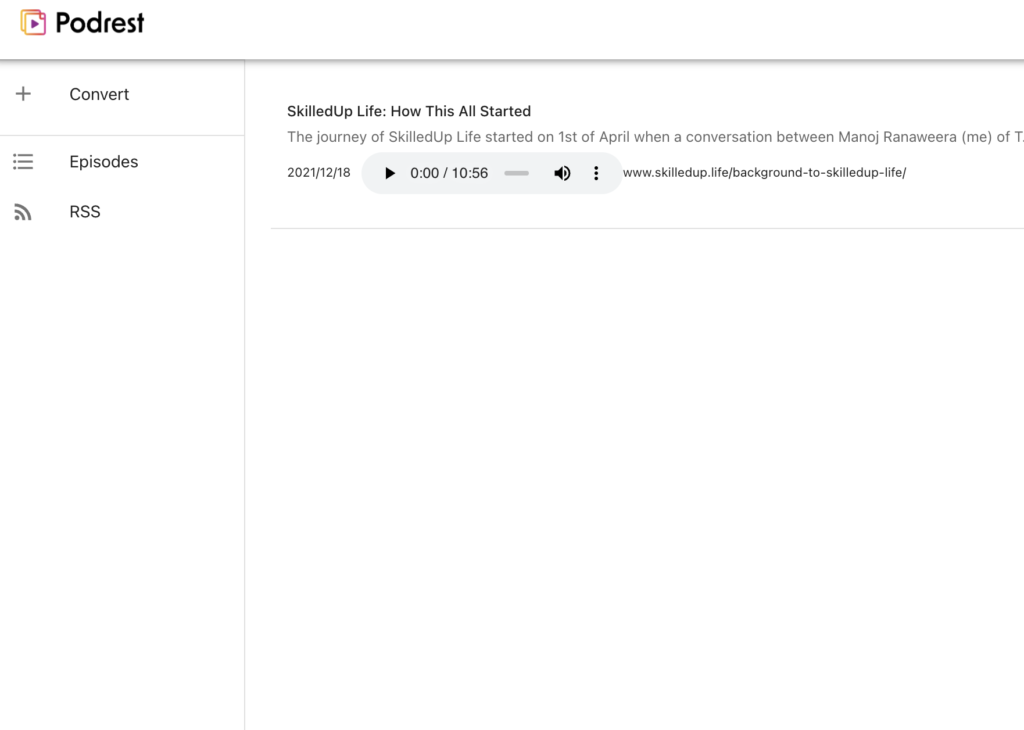
What I showed you above is a very basic software application that provides value to a user such as me.
2. Step 2 – Turn the Product into a Business
You need to speak to as many people as possible to understand the usefulness of what you have created. If a percentage of people who you contacted are interested in using the product, then you need to work out whether a business can be created around the product. The application shown above needs to be developed further into the Minimum Viable Product if a business is to be built around it.
To do this, it’s advisable to have a website that explains the value proposition (to the world), as shown below.

The website can be used to promote the product and acquire early users. Once the users started to sign up, you can start to collect user feedback to determine the functionality you would need to develop to turn this into your MVP. You can also discuss at which point, functionality-wise, users would be willing to pay to have continuous access to your product. You can also discuss what price they would be willing to pay.
You could even put up a pricing page to test whether people would pay for your simplistic product. This is exactly what Joel Gascoigne at Buffer did in November 2010. As they say, the rest is history – current revenues of Buffer is $19.87 million ARR.
3. Step 3 – Register the Business
We now have enough evidence to prove that our idea is sound enough to take the next step of creating a new business, a tech startup. Of course, at this stage, there is not enough validation to prove whether this would turn into a successful business. But you have the first convincer. If you are a risk-taker, then you would go ahead and create a company. If you are risk-averse, you would need further validation before you would take step 3.
How do you go about creating a business in the UK? Let’s look at the lowest cost way to do this. Please note this is about “creation’ and not ‘maintaining’ the UK registered company.
- Decide on the company name, brand name and the website domain name. Do a simple search on the Companies House to make sure the company name is available. Brand name could be different to the company name. But if both are the same, it’s easier to build credibility. Check out the availability of domain. You no longer need to focus on purchasing a .com. You may need to change the company name to reflect domain availability.
- Register a new company in Wales and England, and open a new business account at the same time via Tide Bank. This is exactly what I did with SkilledUp Life. Cost is £0.
- If you wish to do this separately, you can register directly via the companies house or use a third party service. Then create a bank account after the company was created.
- You would need a UK address in either case. I believe the directors of the company does not need to be UK base. Please check the rules to ensure.
Now you have a legal entity for creating a viable business. Of course, you may want to consider:
- Startup capital – minimum requirement is £1.
- Initial shareholders – Minimum requirement is one person.
- Initial Board of Directors including the secretary – Same person can be the sole director and the secretary.
It’s advisable to start with:
- £10,000 of minimum capital (your savings).
- Invite Family, Friends and Fools (FFF) to inject capital and become initial shareholders, if you do not have capital. You can take this step later.
- If you have a co-founder or two, they may decide to also become Board Directors.
In the case of SkilledUp Life Ltd,
- I had spent less than £3,000 of my own capital
- I own the company
- I am the sole Director (and Secretary).
4. Timeline
The whole process should not take more than a week or two. Let’s assign a timeline from start to end:
- Step 1 – Build the minimum product:
- Given that you are a competent software engineer, you should be able to build the minimum product in a week. Remember, we are looking at the most simplest functionality that delivers a single benefit to the user.
- Step 2 – Turn the Product into a Business:
- You can knock off a website using one of the plethora of Content Management Systems (CMS) from Wix to WordPress and beyond. Again, keep things simple. I would assign no more than one day for this activity.
- I would suggest you spend the second week acquiring users and seeking feedback.
- Add a pricing page towards the end of the second week.
- Step 3 – Create the Business:
- This should not take more than a hour to apply. Will take a day or two to get the confirmation and the company number.
- It might take a bit longer to work out a company name, brand name and buy the most fitting domain name.
So the start to end (3 steps) should not take more than 2 weeks. Of course, once you have started, you would continue to improve the product, messaging, user acquisition and support. But you now have a start.
5. SkilledUp Life Timelines
SkilledUp Life went live on 1st Aug 2020. Prior to this, I set up and operated Furloughed Life. Its timeline:
- 1st April 2020 – Had the idea.
- 2nd April 2020- Simple Idea validation process through a meeting with Techcelerate community. This wasn’t my first rodeo.
- 7th April 2020 – Went live via no code application. I can’t code and I failed Software Engineering in 1992. Couldn’t get my head around neural networks then.
- 20th April 2020 – First customer.
- 31st July 2020 – Shut down and donated everything we made to NHS Charities.
Please note Furloughed Life was operated within Techcelerate Ltd. SkilledUp Life also operated within Techcelerate until 29th July 2021, at which point, I spun SkilledUp Life from Techcelerate into its own separate legal entity.
6. How can SkilledUp Life help you?
SkilledUp Life Volunteers can help you after you created a company account and subscribed to our Tier 1 plan (£300/year):
- Step 1 – Build the minimum product:
- UI/UX designer to improve your sketch.
- Additional software engineers in case your initial product is bit more complex than the example I have shown.
- QA/QC Test Engineer.
- Step 2 – Turn the Product into a Business:
- Support agent to respond to user queries.
- Market research analyst.
- Branding specialist.
- User acquisition team.
- Web developer.
- Step 3 – Create the Business:
- Business support.
We suggest you start by appointing an HR Volunteer who can manage your account and source all the volunteer help you need.
7. Summary
I have tried to simplify the start to end in 3 simple steps. The idea is to get you going and not procrastinate any further. Feel free to reach out if you need any help from SkilledUp Life.
All the best!
References and links:
- How SkilledUp Life Started.
- Donation to NHS Charities.
- SkilledUp Life Subscription Plans.
- Techcelerate – UK Trusted Founder Network.
Image credits: Procrastination

